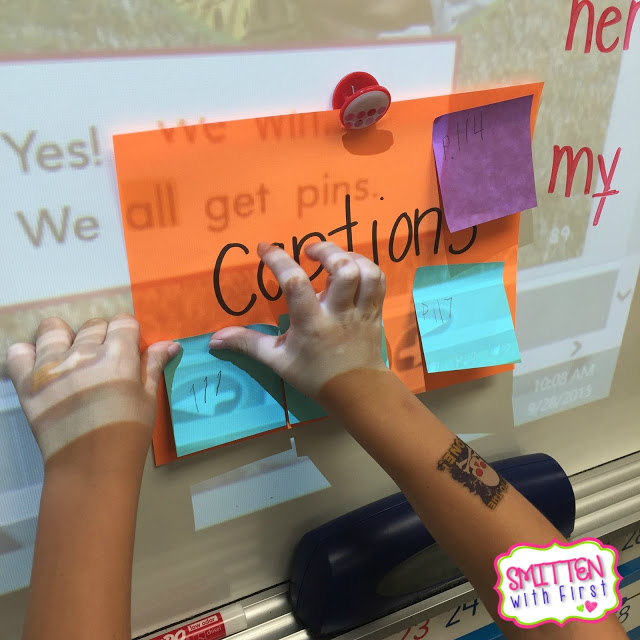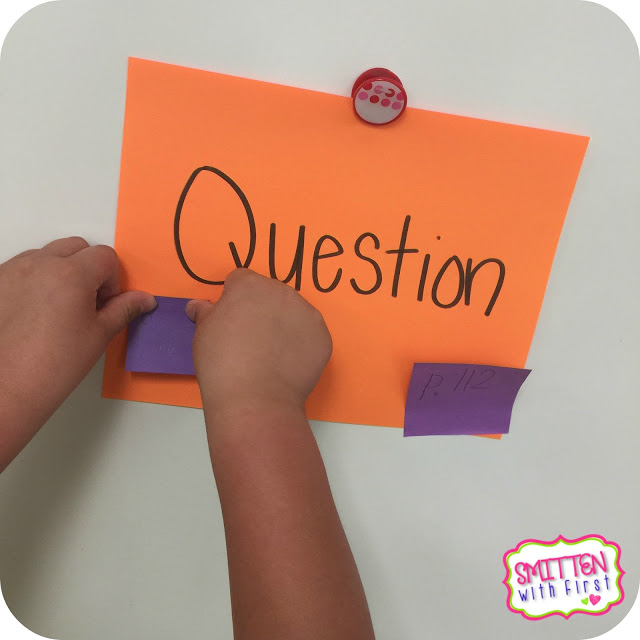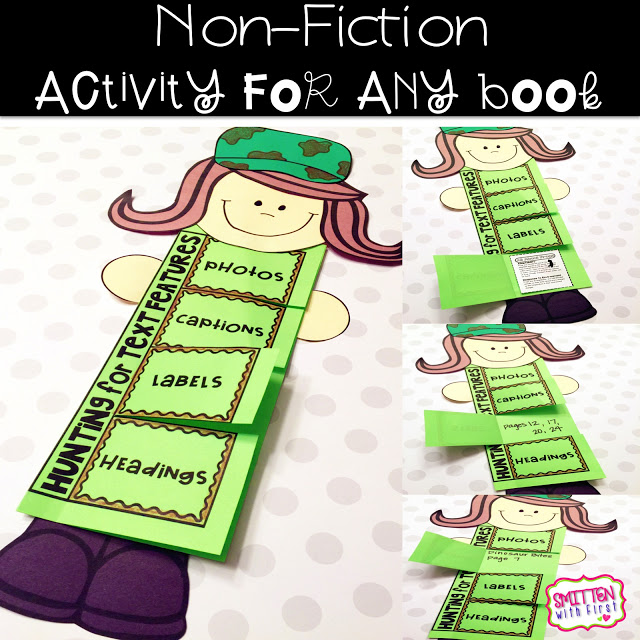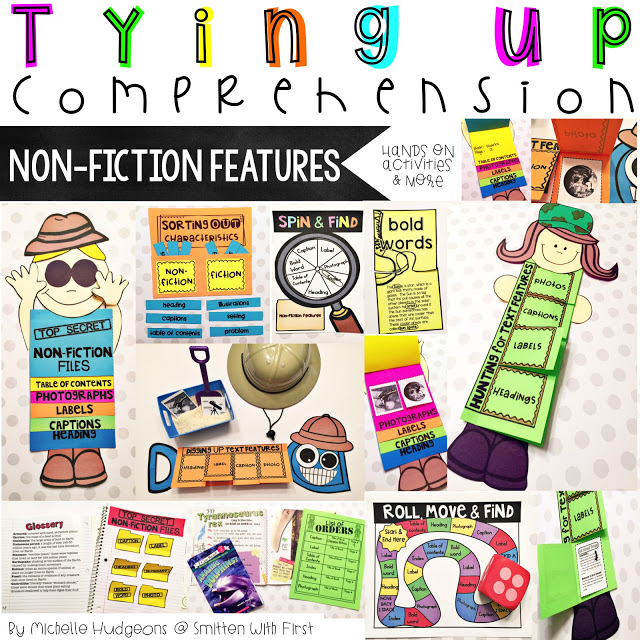The activities are broken up into different themes. First up are detectives and spies. Last year, I placed these posters all around the room. I gave each table group a handful of sticky notes and magnifying glasses. Their job was to look through their book and “spy” all the different text features. After they found the features, they recorded the page number on the sticky note and stuck it to the poster. Y’all, my kids NEVER forgot this activity.
To continue the detective theme throughout the week, students can create this detective and use any non-fiction read aloud or book from the library to find the different features. Another option is to cut and paste the example of each feature under the correct flap.
Students can also complete these case files by using any non-fiction book as well.
Next up, students become hunters and hunt for features. Bring in some binoculars and students interest and attention is immediately hooked. They can use this craftivity with any non-fiction book.
Students also receive their “orders” and complete their orders either individually or with a partner/group. Again, this can be used with ANY non-fiction book.
One of my favorite activities is Diggin’ with Diggy. Give each table an archeologist hat, shovel, and bucket and they are ready to start digging. Throughout this activity, students “dig” up features and glue them under the correct flap.
For reading groups or station work, I created a few games and vocabulary puzzle cards.
The games can be used with any non-fiction book.
Another option for these puzzle cards is to use them throughout your learning as partner cards. Students have to find their partner for partner work by matching the vocabulary word to the picture.
Also included is a non-fiction vs. fiction sort.
You can find everything above in my newest comprehension pack, Tying Up Comprehension with Non-Fiction Text and Graphic Features.












